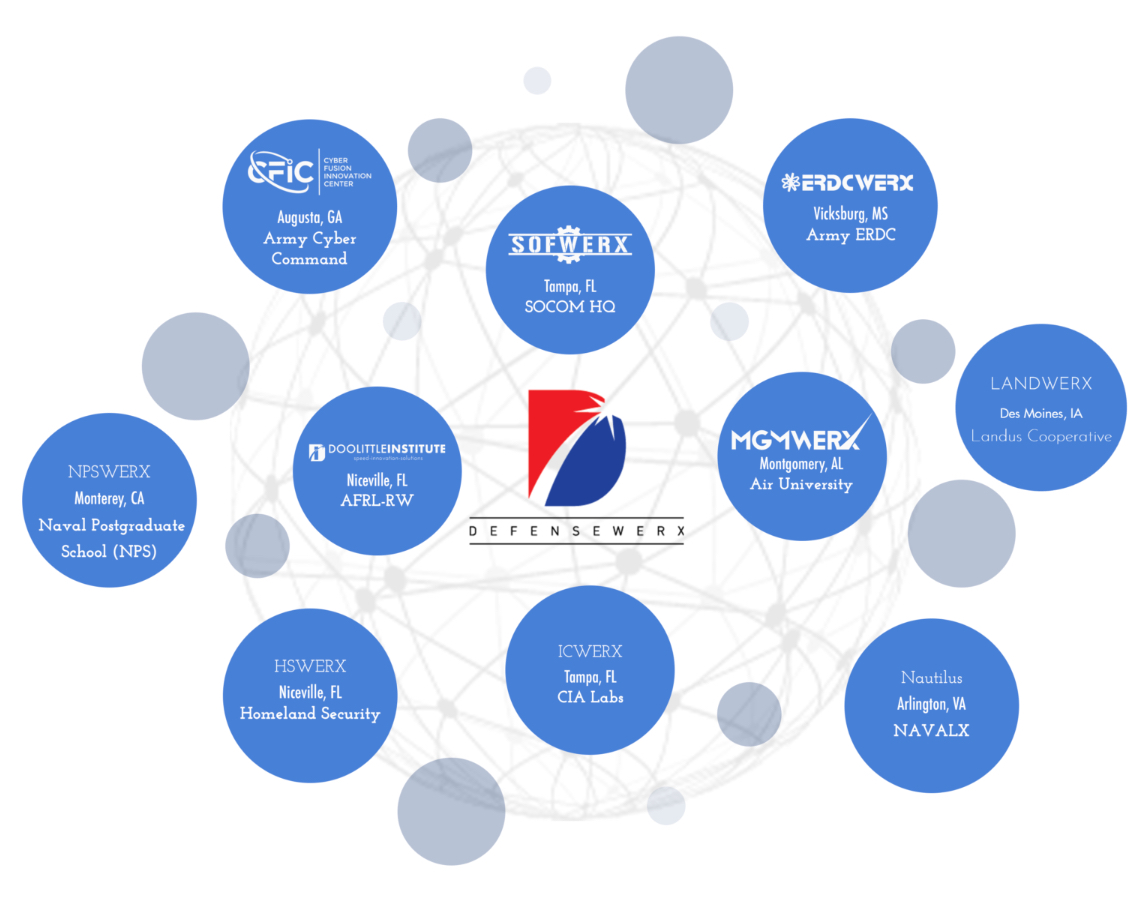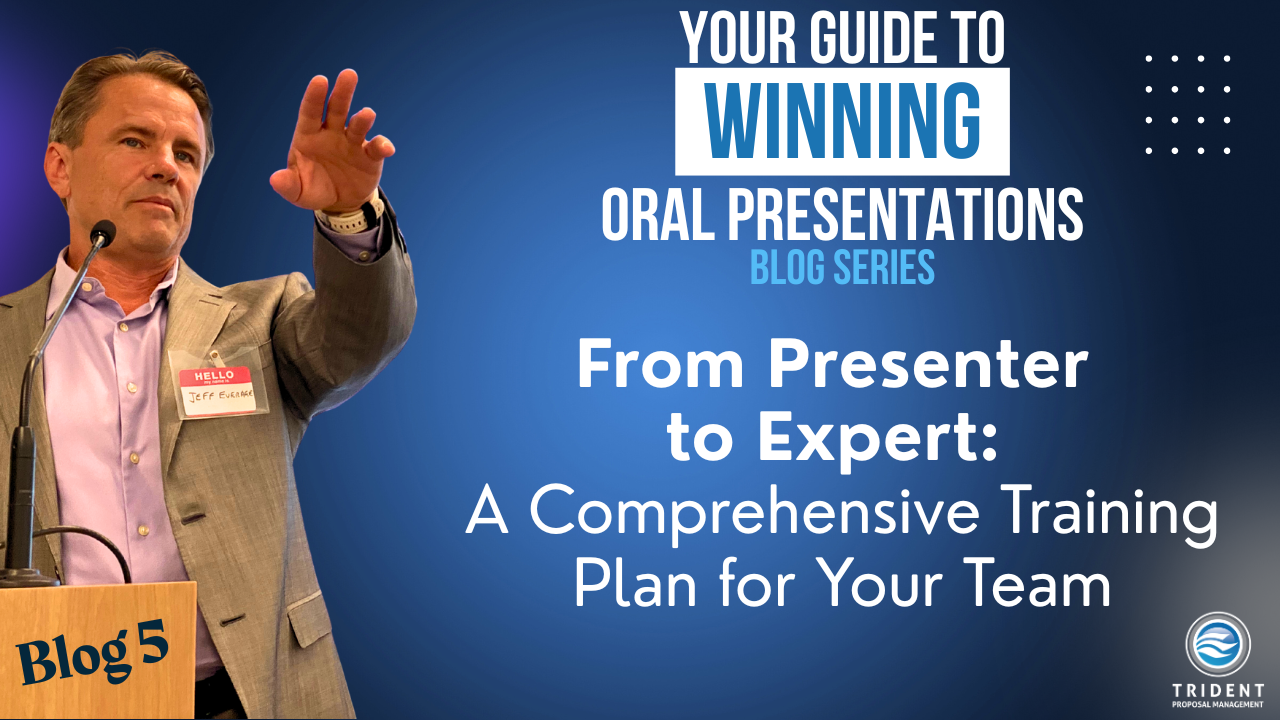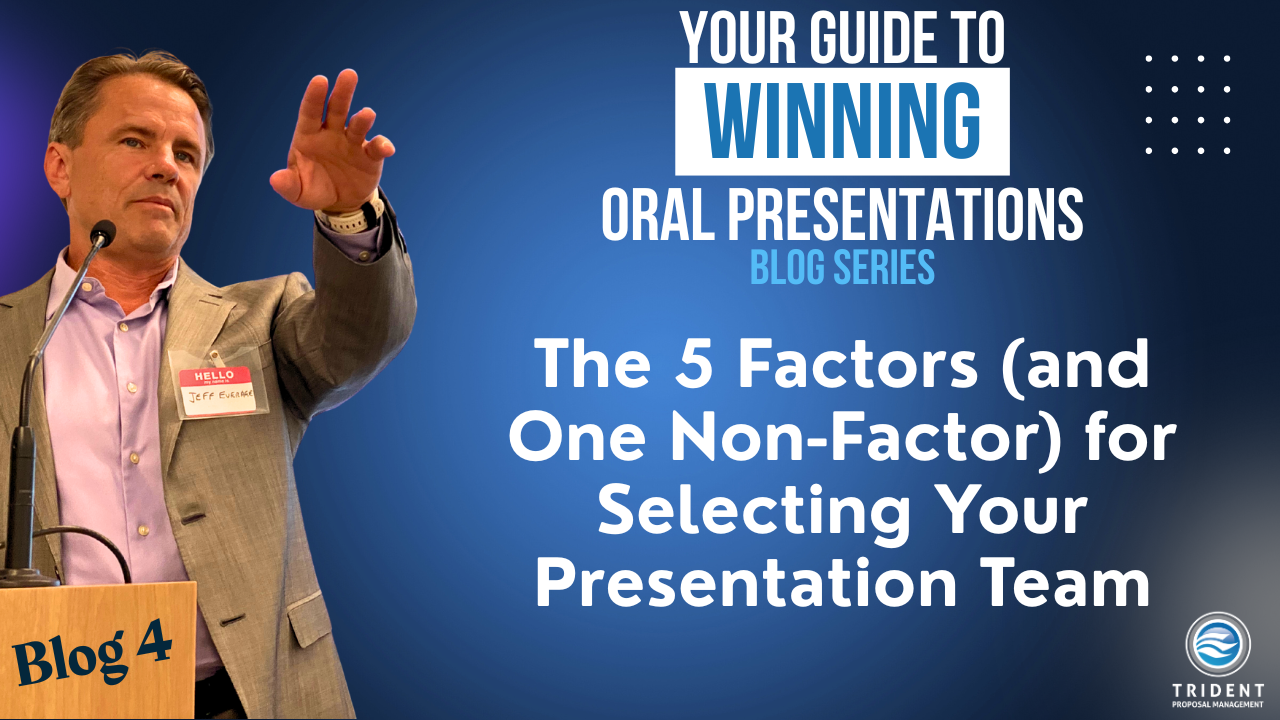Non-Traditional Avenues for Small Businesses
Aug 07, 2023
In Fiscal Year 2022, the federal government invested $162.9 billion in Small Business (SB) contracts. That is 26.5% of the federal budget for SBs procurements alone. Contracting opportunities for SBs abound IF you have the resources to research, enter, and compete in the Federal marketplace. Many SBs know about specific advantages of socio-economic set aside programs, but what SBs may not be tracking are the multitude of non-traditional contracting avenues available to SBs. These alternative entry routes are usually less time-consuming and often have a faster adoption and award than traditional contracting methods.
Trident’s Jennifer Wineinger recently attended the Navy Federal Contracting Summit in Virginia Beach, Va. At the summit, they identified avenues that we think SBs should consider. We thought it would be helpful to summarize five non-traditional avenues presented at the Summit or identified in recent DoD updates.
1. DEFENSEWERX
DEFENSEWERX (DWX) is a diverse ecosystem of solutions that offers businesses of all sizes – specifically small businesses - opportunities to compete for Government contracts on a smaller scale in specific markets, according to CEO Brian Liesveld. As a Title 15 Partnership Intermediary Agreement (PIA), DWX focuses on non-traditional enterprises that mimic private sector business operations. This reduces or eliminates Government barriers enabling the best solutions, not just the known or possible solutions from traditional competitive contracting routes. DWX is a neutral facilitator focused on results quickly and proactively with approximately 86% of submissions coming from the DWX non-traditional ecosystem and approximately 14% from SAM.gov. The missions under the current agreement (PIA focused) include technology transition (getting technology to the warfighter), technical transfer (getting technology to industry), innovation and collaboration (ecosystem building), workforce development (current and future STE[A)M), and concept prototyping. Small businesses that are interested in joining this ecosystem should research the various DWX Innovation Hubs.
What is a DEFENSEWERX Hub?
DWX Hubs are web-based public-facing organizations that facilitate collaboration, innovation, prototyping, and exploration with industry, labs, academia, and government stakeholders. These relationships are established under a PIA. This is essentially a “Big Tent” philosophy that includes partner organizations, inter-agency partners, industry partners/fellows, Federally Funded Research and Development Center (FFRDC) Labs, academics/interns, and hackers/makers. An example of this would be Nautilus. The Nautilus platform was established under a PIA between NavalX and DEFENSEWERX to assist the Navy and Marine Corps with solving challenging warfighter problems. These “problems” include technology blocks/misalignment or time delays in providing weapons updates for items such as electronic sensors on ships. Traditional contracting can take years to provide advancements and replacements when a small, innovative business can fill the need quickly thanks to the Hubs. There are currently 11 Hubs with more than 120,000 businesses in the “ecosystem".
 (Source: DEFENSERWERX.org)
(Source: DEFENSERWERX.org)
Why are Hubs important?
A Hub is a vital part of connecting contractors with government entities. Each Hub offers a different research-based focus. Whether it’s artificial intelligence (AI), renewable energy, farming, clean energy, space technologies, or radars, both industry and academia can work with the government in a more streamlined process.
The Hubs start with an intake form/application identifying your organization type (industry or academia), category, and business classification as applicable. The forms can vary from Hub to Hub, but the framework is similar. The first thing any business should do is research the various hubs (more on this later) to see which Hub is the best first based on their service offerings. From there, interested businesses would go through the below steps:
- Review open opportunities within the Hub.
- Submit a bid on the open opportunity.
- The Government then selects the bidder.
- An event or one-on-one discussion occurs with the selected contractor(s).
- The Government then selects the vendor using a process such as a prototype via collaborative project order (CPO), consignment or Cooperative Research & Development Agreement (CRADA), or an Other Transaction Authority (OTA)/Material Transfer Agreement (MTA)/Federal Acquisition Regulation (FAR) contract.
Interested small businesses should research the Hub(s) which are most aligned with their line of business/offerings on DEFENSEWERX.org. Each DWX Hub organizes its announcements and uses additional methods of partnering with businesses through STEM/STEAM Events, Tech Sprints, Feasibility Studies, Tech Talks, Hackathons, and Rapid Prototyping. Using the DWX Hubs is a great way to enter the Federal Marketplace via a streamlined and effective method.
Current DEFENSEWERX Hubs:
- DOOLITTLEINSTUTITE (Air Force Research Laboratory-Munitions Directorate [AFRL-RW], Niceville, FL)
- SOFWERX (U.S. Special Operations Command, Tampa, FL)
- MGMWERX (Air University, Montgomery, AL)
- CFIC (Cyber Fusion Innovation Center, Augusta, GA)
- ERDCWERX (U.S. Army Corps of Engineers Research and Development Center [ERDC], Vicksburg, MS)
- DHS S&T PIA (Homeland Security, Niceville, FL)
- ICWERX (Central Intelligence Agency Labs, Tampa, FL)
- NPSWERX (Naval Postgraduate School, Monterey, CA)
- NAUTILUS (NavalX, Arlington, VA)
- ENERGYWERX (Department of Energy, Washington, D.C.)
- LANDWERX (Landus Cooperative, Des Moines, IA)
2. Intergovernmental Support Agreements (IGSA)
IGSAs were established through the FY13 National Defense Authorization Act as formal public-partner partnership agreements between military installations and their state or local governments. The goal: provide, receive, and share installation/base support services. Installation/base support services cover a variety of tasks but can include maintenance and repair, housekeeping services, transportation services, and administrative assistance. Since the program’s establishment, strategic engagements have led to 120 IGSAs resulting in $40M in annual savings and over $45M in cost avoidance. These agreements are for terms of up to 10 years. They must serve the best interests of the Army or Navy and enhance mission effectiveness or create efficiencies. These IGSAs are limited to a total lifecycle cost of $15M and may be sole-sourced (non-competitive). Some examples include software development environment, road maintenance and repair, life skills services, computer-aided dispatch, and bulk purchase salt (e.g., roadway salt), among others.
Many SBs have questions about where to start and how to get involved. SBs should start by contacting the Office of Army Small Business’s Program Manager James Lloyd ([email protected]) or the Department of the Navy Office of Small Business Programs ([email protected]). They can also reach out to their local government (city/country/public university) to see if they have any existing partnerships with their local installations. Points of contact at these locations include the Town Manager or Public Works Director. Additionally, they can reach out to the local installation through the Public Works Director and ask if there are any needs that their SB can meet in an efficient, cost-saving manner through an IGSA partnership. Many installations are eager to partner in this manner to avoid time-consuming, costly contracts that will take months or years to establish. Please note that not all installations or camps may be familiar with IGSAs and as a result, may be unfamiliar with using one. As such, we recommend contacting the Army and Navy SB offices before reaching out locally.
3. U.S. Army Corps of Engineer Projects
During the Summit, Deputy District Engineer Michael R. Darrow from the U.S. Corps of Engineers presented the Norfolk District U.S. Army Corps of Engineers FY23+ Workload Forecast for June/July 2023. The update included the addition of multiple Shallow Draft Projects from FY23 appropriations, Funding for Virginia Beach Hurricane Protection, Funding for Sandbridge Beach Hurricane Protection, and additional smaller projects at Holston and Radford Army Ammunition Plant. Numerous other projects are listed on their website, and the workload forecast is updated about every six weeks. The U.S. Army Corps of Engineers had a goal of 10 First-Time Awards for SBs. If your company has the capabilities for this type of work in the Norfolk area, please check the website or contact Mike Darrow at [email protected] to understand how to get engaged and qualified.
4. Defense Logistics Agency (DLA) Opportunities
DLA has six major subordinate commands located throughout the United States. During the Summit, John Henley, Associate Director for the Office of Small Business Programs (DLA Aviation) presented an overview of the DLA.
- DLA Troop Support in Philadelphia, PA provides food, uniforms, protective equipment, construction items, medicines, and medical supplies to warfighters and customers around the world.
- DLA Land and Maritime in Columbus, OH provides Global Land and Maritime Supply Chains.
- DLA Energy in Fort Belvoir, VA provides globally resilient energy solutions for the warfighter and Government.
- DLA Aviation in Richmond, VA provides global airpower supply solutions.
- DLA Distribution in New Cumberland, PA Provides storage and distribution solutions and management. They also handle transportation, logistics and contingency plans, and manage distribution centers.
- DLA Disposition Services in Battle Creek, MI is responsible for disposing of property, including environmental disposal and reuse.
The DLA Small Business Programs provide training, advice, guidance, and strategies to maximize opportunities for small businesses to participate in DLA’s acquisition program, as prime contractors and subcontractors. Local offices at each DLA procuring activity develop administrative strategies that increase business opportunities for small businesses. For more information on DLA, contact the Small Business Mailbox at [email protected] or visit the DLA website.
*The details below were not presented at the Summit but are a worthy mention
5. Tradewind Solutions Marketplace
The DOD Chief Digital and Artificial Intelligence Office (CDAO), in collaboration with ARI, the marketplace manager, launched the Tradewind Solutions Marketplace in June of 2023. This is a long-term, open call for cutting-edge technology solutions. Their goal is to empower the DoD in revolutionizing research, development, prototyping, and adoption of AI and machine learning (ML), digital, and data analytics capabilities. This initiative will solicit, collect, assess, and curate AI/ML, digital and data analytics solutions, and make those solutions available through rapid acquisition methods.

(Screenshot: Tradewind Solutions Marketplace)
What is Tradewind?
Tradewind is a digital repository of technology solutions pitch videos. To quote Tradewind, the marketplace “provides a venue for DoD organizations to search, view, review, compare, contrast, discuss, negotiate, and procure data, analytics, digital, and AI/ML capabilities solutions through rapid acquisition procedures.” With the rise of AI, this is an expeditious process for industry, academia, and individuals to promote their ideas to the government. Think of it like an episode of “Shark Tank” but you can virtually pitch your work/ideas to the Federal Government.
How Trident Can Help
Approaching these innovation Hubs, entering a Marketplace or Ecosystem, or applying for IGSAs may look different than a traditional RFP released on SAM.gov, but the approach is the same. Writing a compelling response (or developing a compelling video) to a government-identified need is important. An expert third-party service like Trident can help you navigate the response process, help you articulate differentiating solutions, and review your response for compliance before submission. Whether it’s a technical editor reading word for word, a compliance reviewer to ensure you’ve addressed all requirements, or a graphic designer to make your response really “pop”, Trident has the team for you.
These non-traditional methods offer countless engagement opportunities for new and established SBs looking to do more business with the federal government. If you’re a small business (or in academia), we recommend you take the time to explore these methods. You never know what innovative method, product, or service may be exactly what the government needs.
Written by Jennifer Wineinger
Jennifer is a capture and proposal expert at Trident. Jennifer’s skills as a proposal manager and capture manager include shaping, call plans, competitor and teammate research, market research, and pipeline development. As an Army veteran, spouse, and parent of active duty service members, she is based in the National Capitol Region where she supports clients around the world as part of our globally dispersed team.



